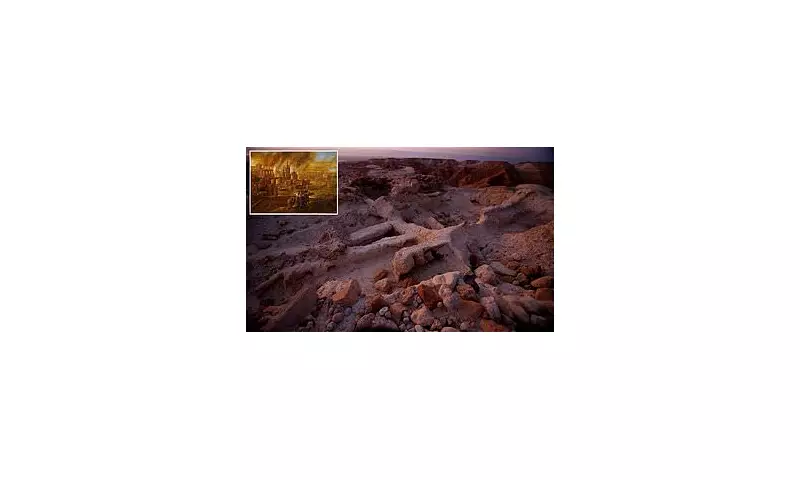
Archaeologists working in the Jordan Valley have made a stunning discovery that appears to bridge the gap between scripture and historical reality. The excavation site at Tall el-Hammam has revealed evidence of catastrophic destruction that bears remarkable similarities to the biblical account of Sodom and Gomorrah's fiery demise.
The Unearthing of an Ancient Catastrophe
After thirteen years of meticulous excavation, researchers have uncovered a sophisticated Bronze Age settlement that met with sudden, violent destruction. The archaeological evidence paints a picture of a thriving urban centre abruptly consumed by intense heat and fire.
The findings reveal:
- Evidence of temperatures reaching approximately 400°C across the entire 100-acre site
- Melted pottery and building materials indicating extreme heat exposure
- A sudden abandonment of the city around 1650 BCE
- Centuries-long gap in habitation following the destruction
Connecting Archaeology to Scripture
The location and nature of the destruction at Tall el-Hammam align strikingly with biblical descriptions. Professor Steven Collins, the excavation's chief archaeologist, notes that the site matches geographical references from Genesis that place the sin cities in the Jordan Valley, east of Jerusalem.
"The evidence suggests this was no ordinary military conquest or accidental fire," explains Professor Collins. "The scale and intensity of the destruction, followed by centuries of abandonment, points to something far more catastrophic."
Scientific Explanations for Ancient Destruction
While the biblical narrative attributes the cities' destruction to divine judgement, scientists propose natural explanations that would have appeared equally supernatural to ancient observers. The leading theory suggests a cosmic airburst—similar to the 1908 Tunguska event in Siberia—where a meteor or comet fragment explodes in the atmosphere, releasing energy comparable to nuclear weapons.
This hypothesis would account for:
- The widespread, simultaneous destruction
- The extreme temperatures capable of melting materials
- The absence of military artefacts typically found in conquered cities
- The long-term abandonment due to environmental contamination
A Lasting Impact on Cultural Memory
The catastrophic event at Tall el-Hammam appears to have left an indelible mark on regional consciousness. The archaeological record shows the site remained uninhabited for approximately 600 years following the destruction—an extraordinary gap that suggests the location became taboo or unusable.
This long abandonment period, combined with the dramatic nature of the destruction, likely contributed to the story being preserved and passed down through generations, eventually finding its way into biblical texts as a cautionary tale about divine judgement.
The ongoing research at Tall el-Hammam continues to provide fascinating insights into how real historical events may have shaped ancient religious narratives and our understanding of early urban civilizations in the Middle East.





